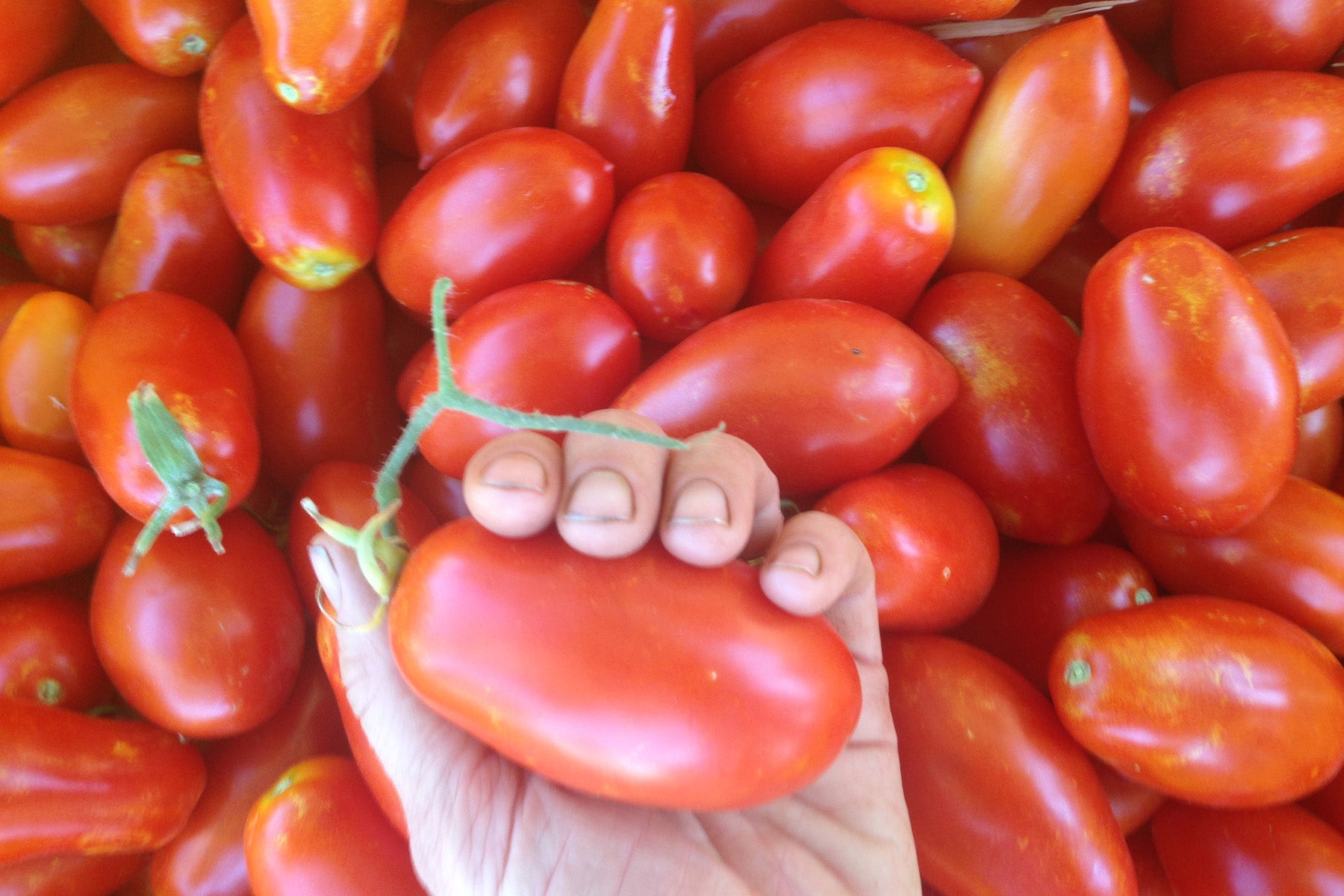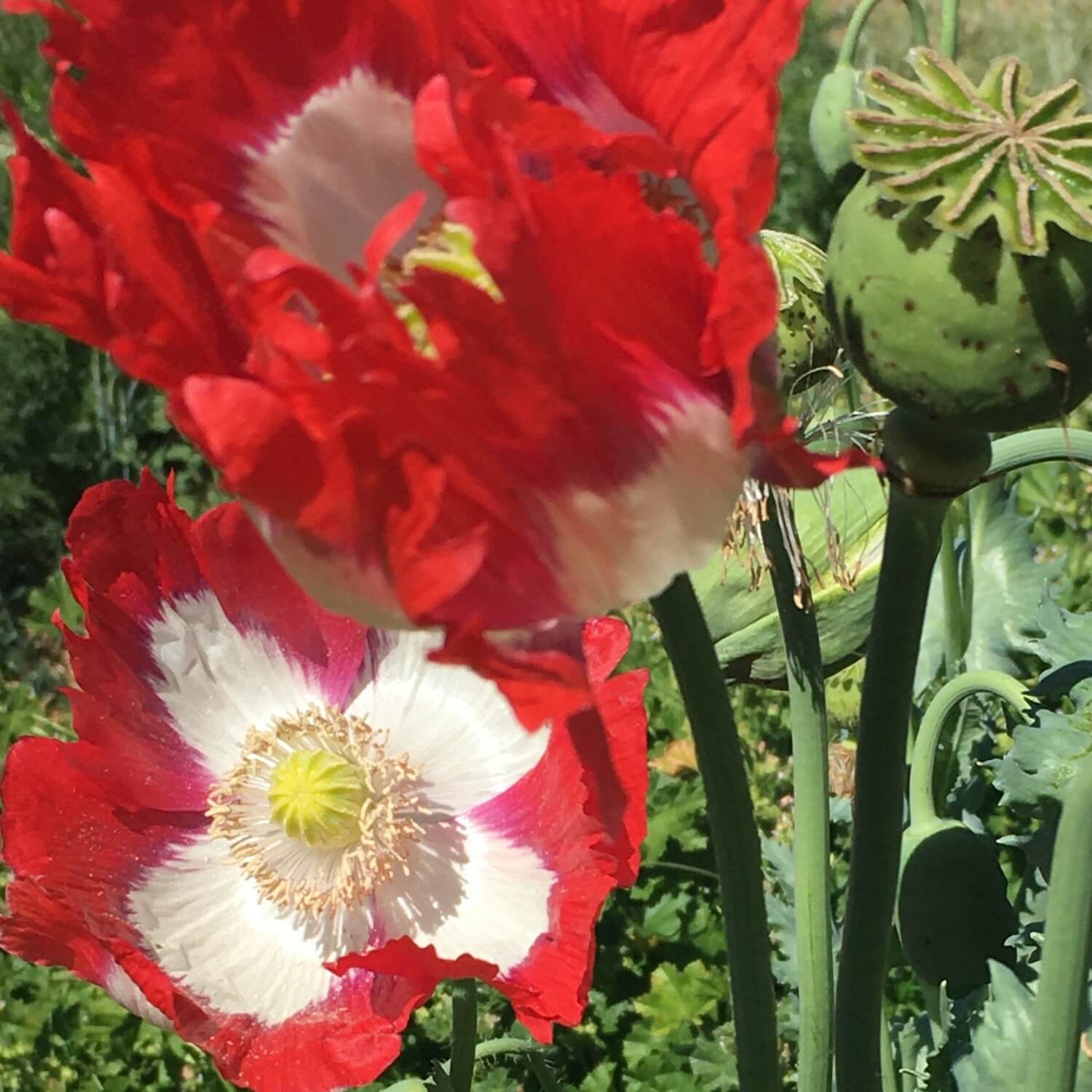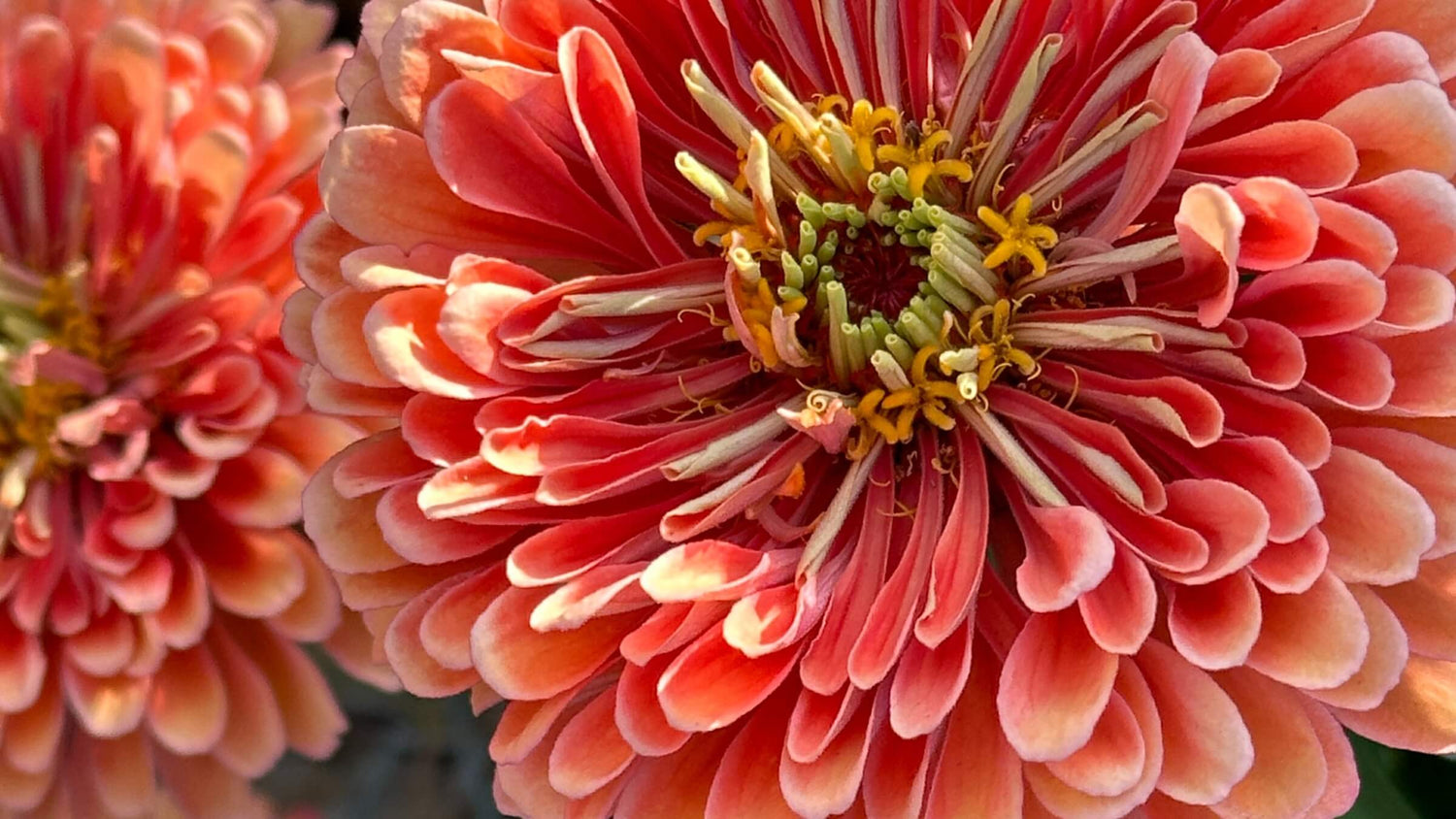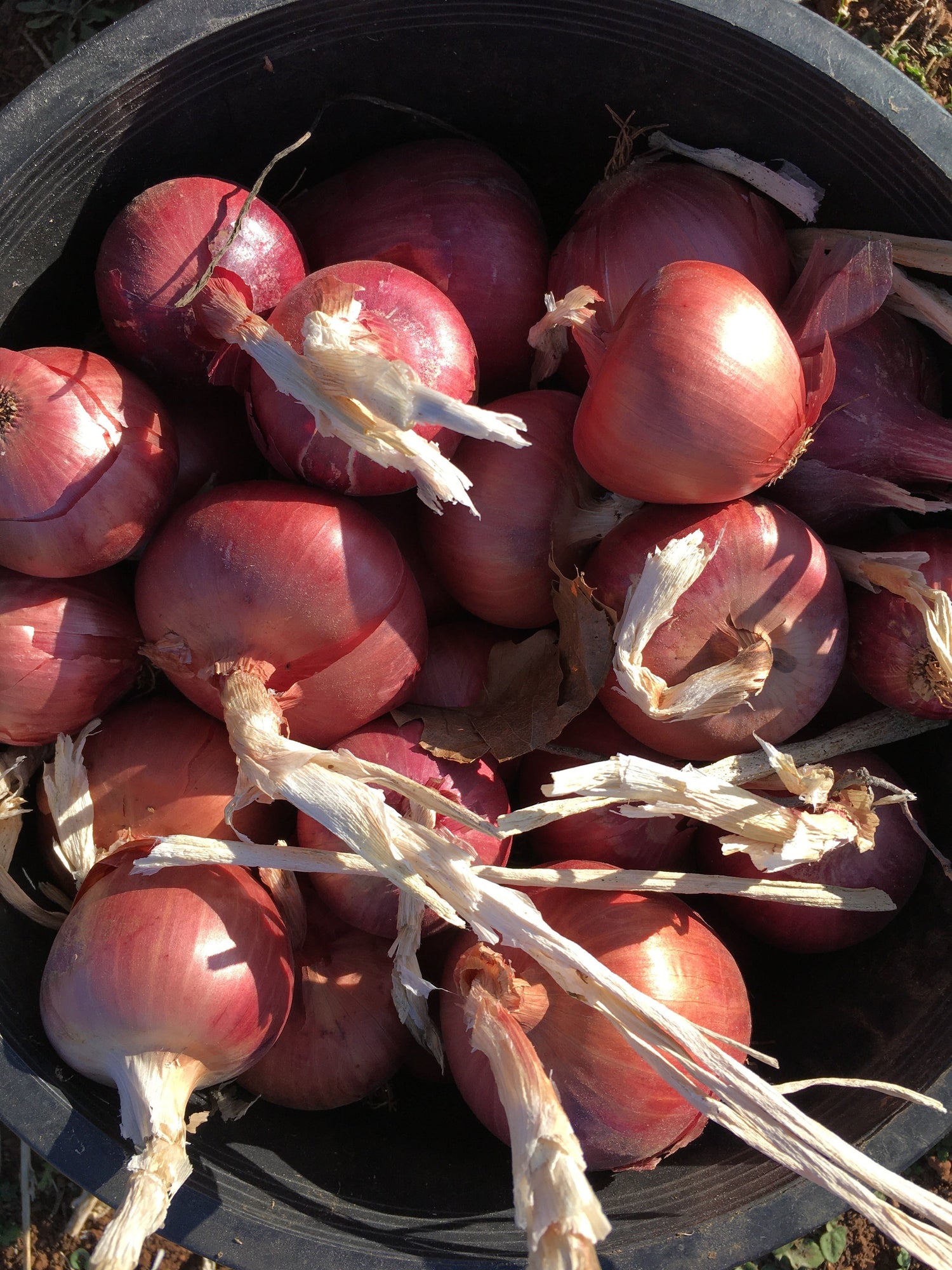
For those of us who are just starting out on the garden adventure starting seeds can be daunting. Don't panic! Here are some garden tips to help you on your journey.
Tomatoes, Peppers, Eggplant: Start these 4-6 weeks before the last frost. These seeds prefer soil temps of 70-85 F to germinate. To achieve this start indoors or in a greenhouse with a heated bed. Cover small seeds by about 1/8 inch. Use a potting soil or mix soil with compost and some sand for good drainage. When seedlings emerge they will need full light or will become leggy. Depending on how big your initial container is you may need to pot them up before putting into garden beds.
Peas: Plant in fall or spring. Cover by 1/2 inch. Will germinate in soil temps of 40-75 F. Peas planted in the fall and overwintered will have a head start on pea production.
Beans: Plant beans directly in the garden once danger of frost has passed. They tolerate a soil range of 60-95 F and will generally germinate in 4-8 days. Plant them twice as deep as they are thick. If the soil is too cool and rainy bean seeds will and do rot in the ground. Also, birds love sprouting beans. If you have this problem you may want to start them in50 cell trays two weeks before planting.
Lettuce: Lettuce can be directly sown in the garden or started in trays. To sow in trays, fill with soil mix and plant 1-3 seeds per cell. Water in and cover lightly with soil mix, about 1/8 inch. Seeds should germinate in 5-14 days depending on temps. Transplant when good root growth has occurred at 8 inch spacing for large heads.
To germinate in the field, prepare the seed bed and plant in rows made with the fingers. Cover seeds in rows lightly, not more than ¼ inch. Keep seed bed evenly moist. You will harvest a lot of baby greens using this method and will need to thin for large heads.
Greens/ Brassicas: Most brassicas will germinate very easily in the field or greenhouse. To start in trays cover by 1/8 inch. Brassicas germinate well in cool fall and spring weather. 40-80 F. To start in field draw shallow trench, ½ inch, with the blade of hand or a stick. Sprinkle seed in trench and lightly cover by no more than ¼ inch. Keep seedbed moist and protected from birds! For large plants like kale, broccoli, etc you will need to thin to achieve 8-24 inch spacing or start them in trays and transplant to final spacing.
Curcubits: These instructions apply to all squash, cucumbers and melons. In most climates these crops can be direct seeded in the garden after all danger of frost has passed and the soil has warmed to 70-90 F. Plant seeds 1/4 to 1/2 inch deep depending on size. The larger the seed, the deeper you want to plant. We plant our seeds in three foot wide beds. If you want to get a jump on the season or your season is short, start these seeds in the greenhouse. Beware, they grow quickly and you only need to start them 2 weeks before the last frost. Cucumbers can be spaced 5-6 inches apart. Melons 8-12 inches and squash 15-24 inches. Allow winter squash to stay on vines as long as possible then store in a cool dry location for winter eating. Many people make the mistake of starting these too early when the temps are cool.
Herbs: Cilantro loves cool weather. Start in fall and allow to grow all winter and spring. It will go to seed in hot weather. Save seed to replant. Direct sow or plant in trays to transplant. Dill and parsley will also overwinter in many climates. Direct sow or transplant. Calendula can be direct seeded throughout the garden. It is an excellent companion plant and will attract beneficial insects. The petals are edible and the flowers have medicinal value. Basil can be direct sown when soil is warm or in trays then transplanted. Other small seeded herbs can be sprinkled in trays of potting soil and watered in. When they have germinated prick them out and transplant into a larger size pot before the final transplant to the garden.
Corn: Be sure soil is warm before planting corn. Corn seed is prone to rotting in the ground if soil temps are too low or a rain storm comes through with cool weather. Sow seed about ¾ inch deep. Final spacing should be about 1 ft apart. Allow flour corn to dry on plant and harvest sweet corn when it is ripe. For sweet corn, plant in succession to have a steady supply of corn. Corn will cross pollinate easily so if you wish to save pure seed you will need to separate from other varieties by at least ¼ mile.
Happy gardening from the Redwoods J






